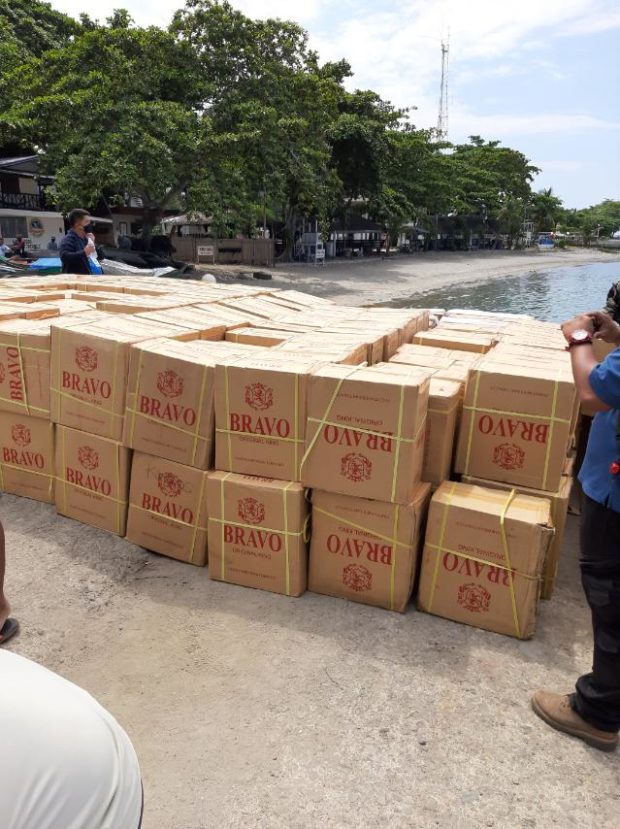
P8.275 million worth of smuggled cigarettes seized in Zamboanga City
MANILA, Philippines — Assorted smuggled cigarettes amounting to P8.275 million were intercepted by authorities in Zamboanga City, the Bureau of Customs (BOC) reported Thursday.
Some 300 master cases of smuggled Bravo, Fort, Tradition, LS, Astro cigarettes were found onboard vessel MJ NR 4 in Barangay Lower Calarian in Zamboanga City during an operation conducted by the BOC-Customs Intelligence and Investigation Service (CIIS) Zamboanga Operatives, in coordination with the Naval Intelligence and Security Group-Western Mindanao (NISG-WM) and Naval Special Operating Unit (NAVSOU) on April 14.
The operation was conducted following reports that a motorized banca loaded with alleged smuggled cigarettes from Jolo, Sulu is anchored within the vicinity of Stanvac Lower Calarian, Zamboanga City.
The shipment will be subjected to issuance of Warrant of Seizure and Detention (WSD) for lack of permit from the National Tobacco Administration (NTA) and for violation of Executive Order No. 245 and Republic Act No. 10863, BOC said.
Lear MoreSmuggling cigarettes lands man in trouble
A Malawian man has been arrested in Botswana for possession of 84 boxes containing 4 200 cartons of Chele Chele cigarettes suspected to have been smuggled through Zimbabwe.
The cigarettes are estimated to be valued at P126 000. The man, who has not been identified, was arrested on Monday by Mogoditshane police.
Botswana police’s public relations officer Assistant Commissioner Dipheko Motube confirmed the arrest and said investigations were continuing. He said such activities impeded the ongoing war against the Covid-19 pandemic.
Asst Comm Motube appealed to citizens to be on the lookout for people selling tobacco and report to the nearest police. Zimbabwe’s national police spokesperson Assistant Commissioner Paul Nyathi told reporters last night that he had not yet heard of the case.
https://bulawayo24.com/index-id-news-sc-national-byo-183407.html
Lear More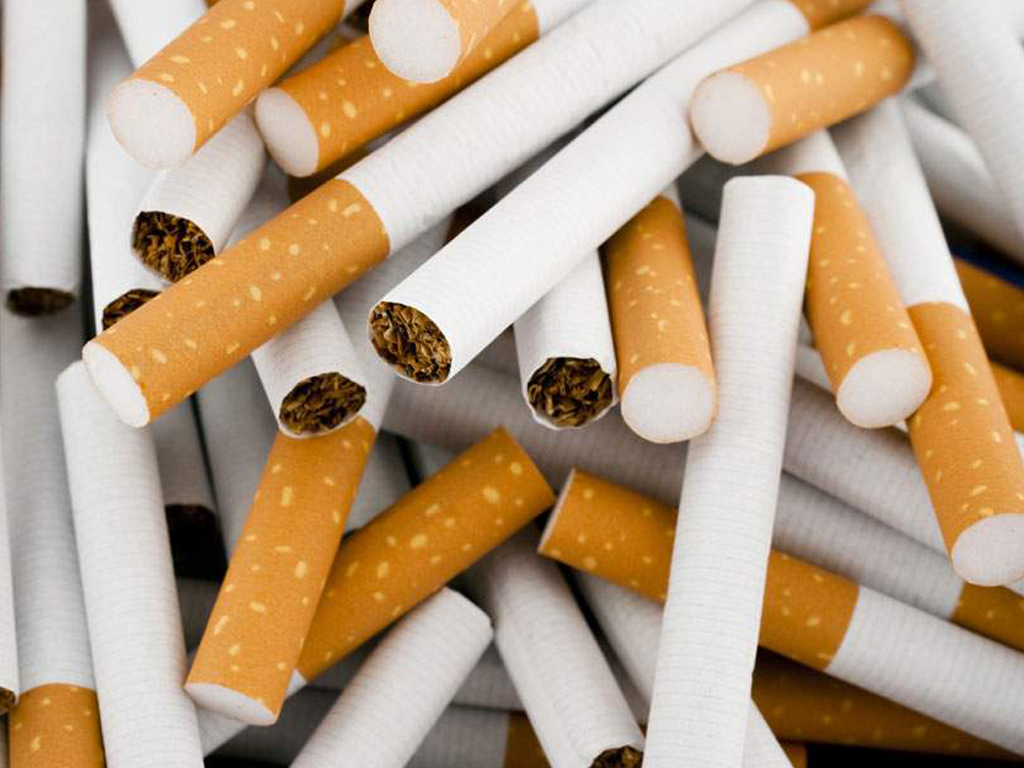
Smuggled cigarettes, betel nuts recovered
The Directorate General Intelligence and Investigation (DGI&I)- Customs, Karachi Tuesday claimed to have recovered substantial quantity of betel nuts and smuggled cigarettes worth over Rs. 39.02 million from cargo train.
Credible information was received that some unscrupulous elements were transporting huge quantity of betel nuts and foreign origin smuggled cigarettes to Karachi through railways.
Reacting on this information, an ASO team of DGI&I, Karachi carried out search of “Super Parcel Goods Train (406 Dn).” As a result, five bogies of train were laden with smuggled goods.
After thorough examination, the department has recovered over 12 metric tons of betel nuts worth over Rs. 10 million and 387 cartons of foreign origin smuggled cigarettes worth Rs. 29.02 million.
During initial course of investigation, it was revealed that goods were booked by five different cargo agencies from Lahore. Consequent upon recovery, a case has been registered and further investigation is in progress.
https://www.brecorder.com/2020/04/15/589483/smuggled-cigarettes-betel-nuts-recovered/
Lear More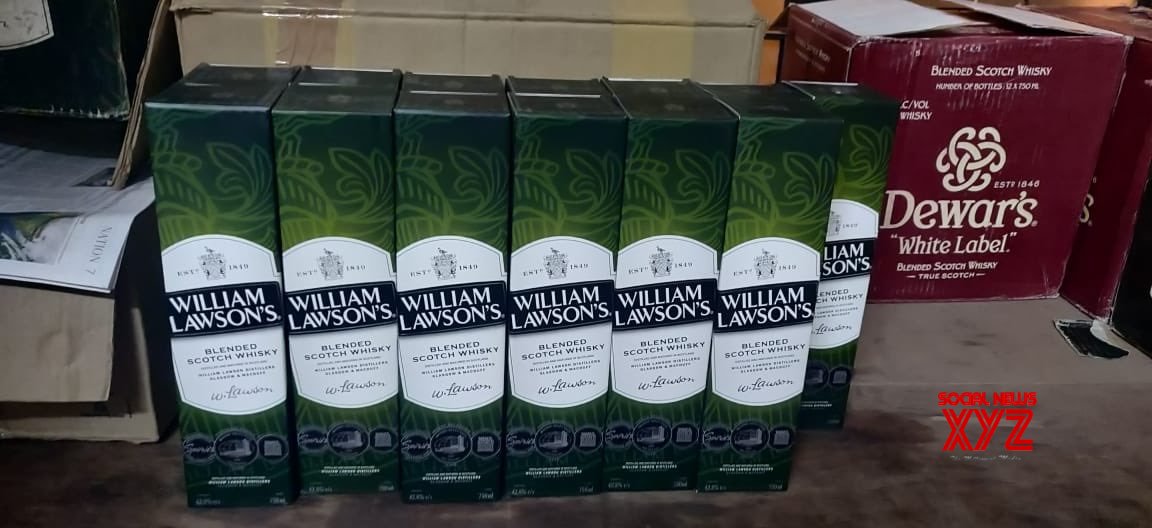
Delhi Constable, 3 others held for liquor smuggling
New Delhi, April 14 (SocialNews.XYZ) A Delhi Police Constable and three other persons have been arrested on the charge of involvement in liquor smuggling, police said on Tuesday.
Accused Constable Ravinder was posted in the Begampura police station in Rohini police district.
The accused were arrested from a Ramgarh service road in Jahangirpuri area. A case was registered against them at the Mahendra Park police station.
https://www.socialnews.xyz/2020/04/14/delhi-constable-3-others-held-for-liquor-smuggling/
Lear More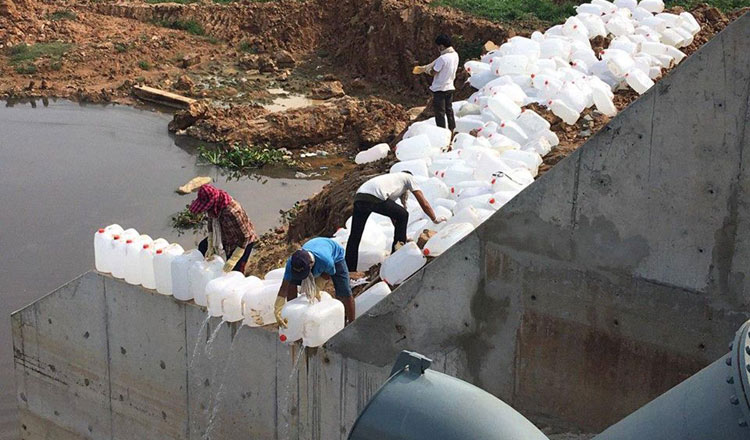
Seized counterfeit goods and products destroyed
Joint committees last week burnt and destroyed nearly 33 tonnes of spoiled pig intestines, more than 64,000 litres of fake alcohol and 13 tonnes of fake disinfectants and cosmetics seized in simultaneous crackdowns.
Ou Manrin, director of the Kandal provincial Department of Consumer Protection, Competition and Fraud Prevention, said yesterday provincial authorities last week seized two containers of spoiled and smuggled pig intestines, weighing nearly 33 tonnes, in Kien Svay district.
“The products were spoiled and bore no legal documentation to confirm their quality. We also found about 10 kilogrammes of duck heads and chicken wings packaged in small plastic bags. Joint committees have already burnt the items on Friday,” said Mr Manrin.
https://www.khmertimeskh.com/50712301/seized-counterfeit-goods-and-products-destroyed/
Lear More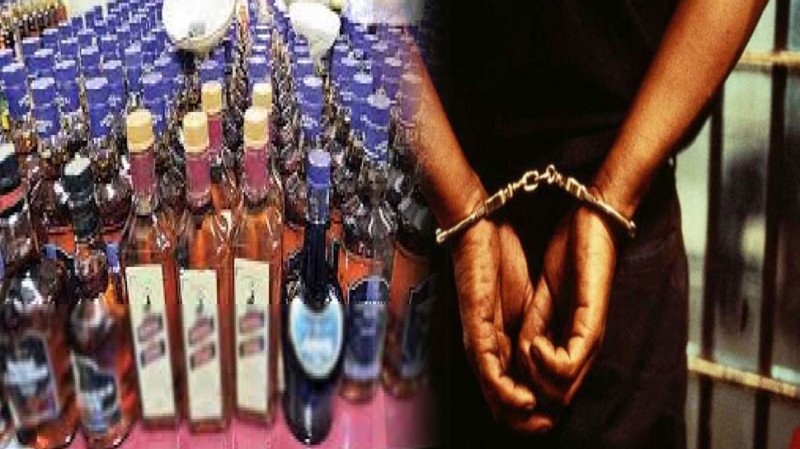
Police arrest two liquor smugglers during lockdown amid lockdown in Rajasthan.
Ganganagar: To prevent the spread of coronavirus infection, the government has implemented a 21-day lockdown across the country. During this time, the case of liquor smuggling has come to light for the second time in village 14 FF under Gajsinghpur police station area of Sri Ganganagar. Amidst the lockdown, there was a fierce business of illegal liquor.
During this time, the youth group team guarding the village caught two youths late at night. After this, when both were searched, 20 liters of illicit liquor was recovered from them. After this, the information of the case was given to the police. At the same time, after getting the information, the police reached the spot and arrested two youths including alcohol. Also seized two bikes. While one accused managed to escape from the spot.
Station in-charge Samar Veer Singh said that according to the instructions of Superintendent of Police Hemant Sharma, action has been taken by Gajsinghpur police in two different areas. He said that ASI Mani Ram, while taking action in village 14FF of police station area, arrested two youths including illegal liquor. 20 liters of liquor has been found from them. Also, in the village 58F, 4 liters of illicit liquor have been confiscated by forming a team at midnight and taking action under Havildar Sita Ram.
Lear MorePoliceman, milkman caught smuggling liquor
An assistant sub-inspector (ASI) with the Delhi Police and a milkman from Uttar Pradesh were arrested for allegedly smuggling liquor into the city during the lockdown period when liquor and wine shops have been shut, the police said on Monday.
The police officer, Jangjeet, who is posted in the Paschim Vihar police station, was off duty when he was caught carrying 29 boxes, containing 1,432 bottles of liquor, in his car in outer Delhi’s Nangloi on Sunday morning. The ASI has been suspected and a departmental enquiry has been initiated against him, said Delhi Police spokesperson Anil Mittal.
Deputy commissioner of police (outer) A Koan said that on Sunday morning, the Nangloi police received information that a car was transporting Haryana-made illicit liquor through Rohtak Road.
“Accordingly, barricades were put near Surajmal Stadium and we started checking vehicles. At around 6.45am, the checking of one car led to the recovery of 29 boxes containing 1,432 quarter bottles of liquor. The driver, Jangjeet, was arrested under sections 33, 38 and 58 of the Delhi Excise Act,” said the DCP
Lear MoreSmuggling of Phensedyl, narcotics, fake notes continues amid lockdown on Bengal-Bangladesh border.
According to BSF officials, most of the smuggling along the India Bangladesh border takes place through the South Bengal Frontier.
Notwithstanding the lockdown and sealing of the international border along West Bengal and Bangladesh in response to the coroanvirus pandemic, miscreants across the India Bangladesh border are still actively smuggling Phensedyl, narcotics and Fake Indian Currency Notes (FICN).
On Friday, guards at the Border Security Force’s (BSF) Dayarampur outpost, who hitherto knew that narcotics could be found inside vehicles and clothes, had the new experience of seizing several bottles of Phensedyl hidden under cooked khichdi.
In the past two weeks, the South Bengal Frontier of the BSF has seized more than 6,000 units of Phensedyl, a cough syrup usually smuggled from India to Bangladesh, in at least ten cases. Half a dozen of people were arrested in these incidents. Apart from this, in the past two days alone, 1,850 units of Phensedyl were seized in two separate incidents
Lear More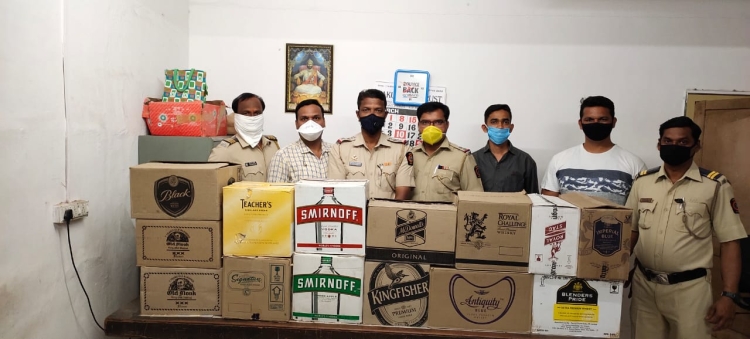
Liquor worth Rs 1.3 lakh seized in Navi Mumbai amid coronavirus lockdown.
Liquor worth Rs 1,31,750 had been seized, according to Sanjeev Dhumal, senior inspector of Vashi police station. Based on a tip-off from a reliable source, police raised the Sanjog family restaurant and bar in Sector 10, Vashi, on Friday.
Vashi Police raided a restaurant and bar in Vashi on Friday and seized liquor worth Rs 1.31 lakh. In view of the CoVID-19 outbreak, the sale of alcohol has been prohibited.
Despite this, the restaurant continued to sell liquor under the table. The manager of the restaurant and three waiters involved have been booked for selling liquor without permission under section 65(E) of Mumbai Prohibition Act, 188, 269 and 270 of IPC, and section 21 of Maharashtra COVID-19 Regulation 2020.
Liquor worth Rs 1,31,750 had been seized, according to Sanjeev Dhumal, senior inspector of Vashi police station. Based on a tip-off from a reliable source, police raised the Sanjog family restaurant and bar in Sector 10, Vashi, on Friday.
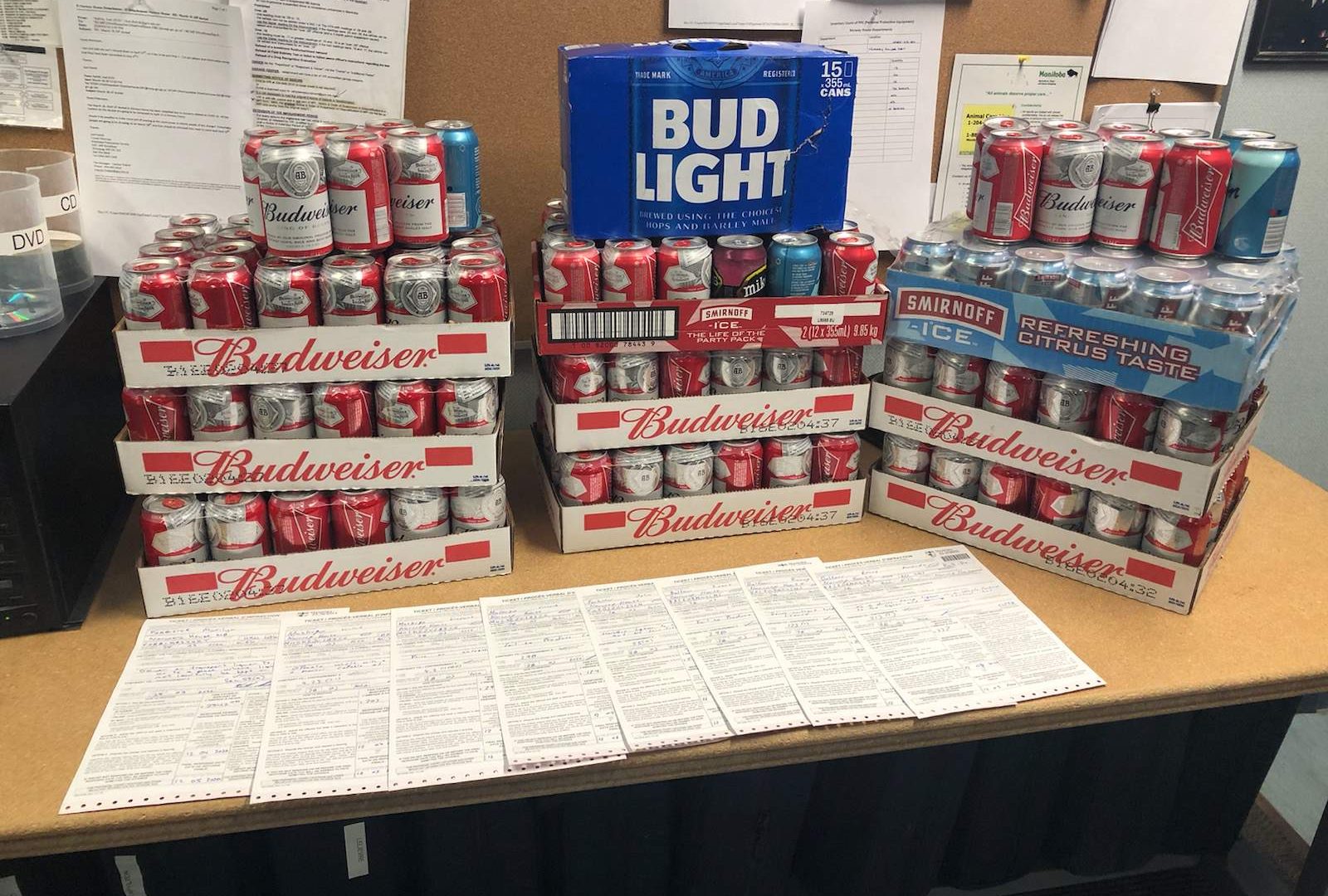
RCMP Seize liquor and drugs in two dry communities.
A 27-year-old female is facing a number of charges after police seized a large quantity of liquor and illegal drugs.
Police say that First Nation Safety Officers and officers from the Norway House RCMP detachment made a number of check stops and patrols to make sure people were complying local resolutions the bans alcohol from the community.
Between March 27 and 28, 2020 officers seized more than 1000 cans of beer. Officers also issued more than &7,000.00 in fines under the Highway Traffic Act and the Liquor, Gaming and Cannabis Authority of Manitoba.
RCMP show off some of the beer seized in dry communities (Submitted / RCMP)
On March 29, 2020, RCMP from Poplar River and Berens River made four stops on the winter road seizing 74 bottles of liquor, 24 cans of beer, 36 grams of Cocaine and more than 1500 grams of Cannabis.
The woman who was arrested has been charged for her alleged involvement with Possession of Cannabis for the Purpose of Selling, Possession of Cannabis for the Purpose of Distributing and Failing to Comply with a Probation order.
https://news4winnipeg.com/rcmp-seize-liquor-and-drugs-in-two-dry-communities/
Lear More


